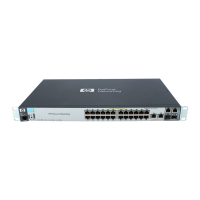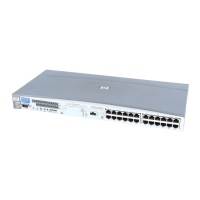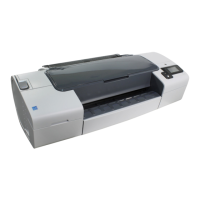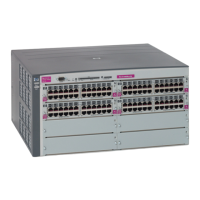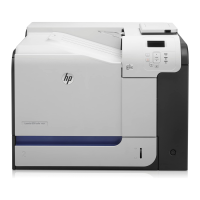G Glossary of terms
Term Definition as related to the HP UPD
Bidirectional Communication (bidi) See printer automatic configuration
hpcpuXXX.cf_ file Driver Configuration Utility file used for pre-configuration of
the HP UPD driver
hpcpuXXX.cfm file Driver Configuration Utility file used for pre-configuration of
the HP UPD driver
Device The physical output device at the end of the print connection
(i.e. a printer or MFP).
Driver Deployment Utility (DDU) Enables print administrators to create driver packages that
include the printer driver files and code needed for
deployment to run on a client computer.
Product–specific driver The driver is specific to a particular model of print product
and not universal.
Driver Configuration Utility (DCU) Now referred to as HP Driver Configuration Utility.
DOT4 DOT4 is based on the IEEE 1284.4 protocol that allows a
multicommunication through single port; often associated
with USB ports.
Driver Name The Driver name is defined by the vendor and read by the
Microsoft operating system from the driver's *.inf file. To view
the "Driver" name, from the Printer's folder select an installed
printer, right mouse click and select Properties or Printer
Properties, go to the Advanced Tab, and locate field name
"Driver." By default, the HP UPD install sets the printer name
to match the driver name for the first installed printer. See
"Printer Name" for details.
Example HP UPD driver names include the following:
●
HP Universal Printing PCL 6 (v5.1)
● HP Universal Printing PCL5
●
HP Universal Printing PCL5 (4.7)
●
HP Universal Printing PS (5.0)
Driver Store After a print driver has been installed onto the system, the
print driver is added to the Windows driver store. The driver
store facilitates installation of a new printer without requireing
the user to specify driver file location using "Browse" , "Have
Disk" or other Microsoft supported methods.
ENWW 221
